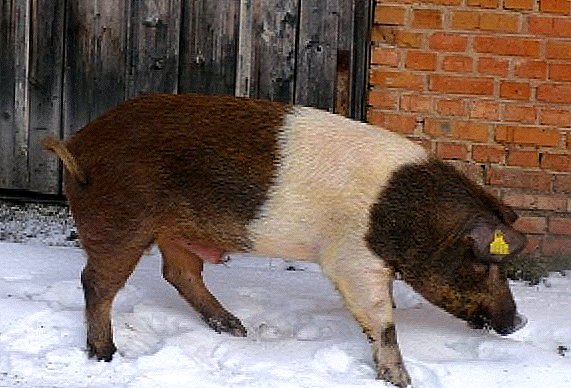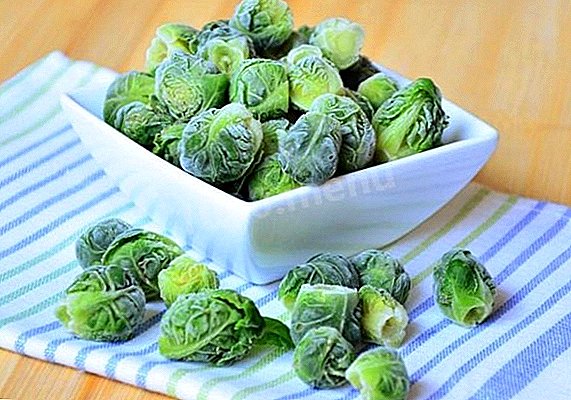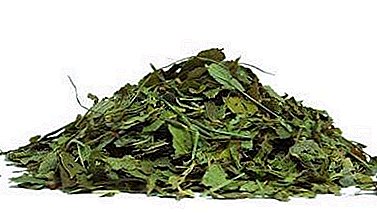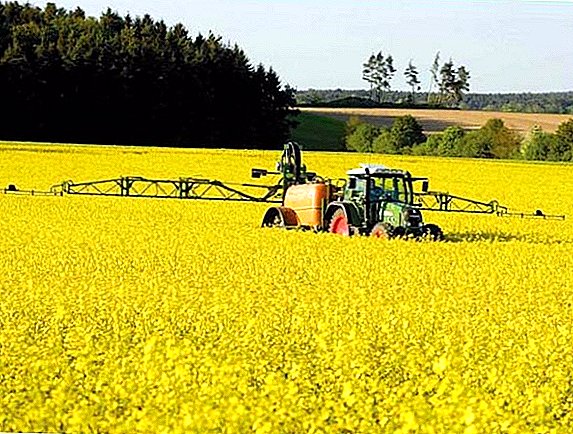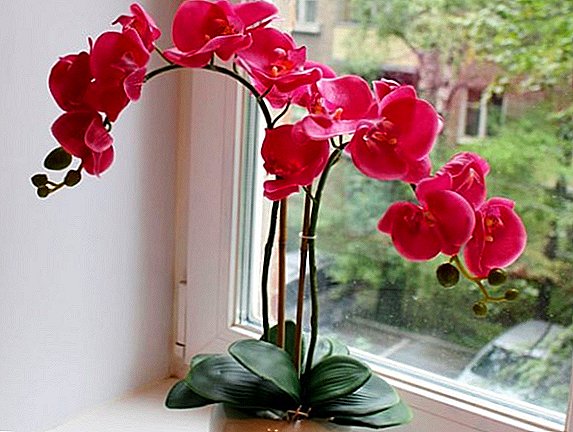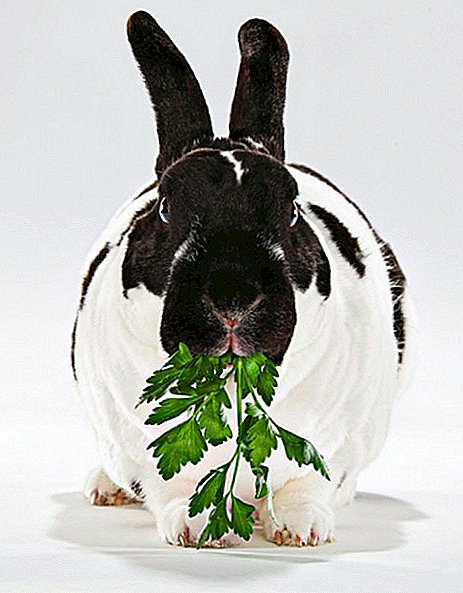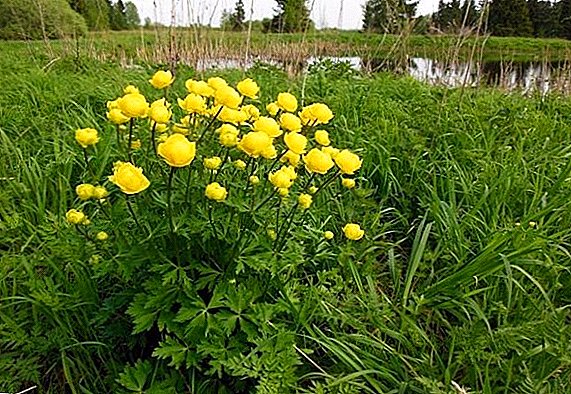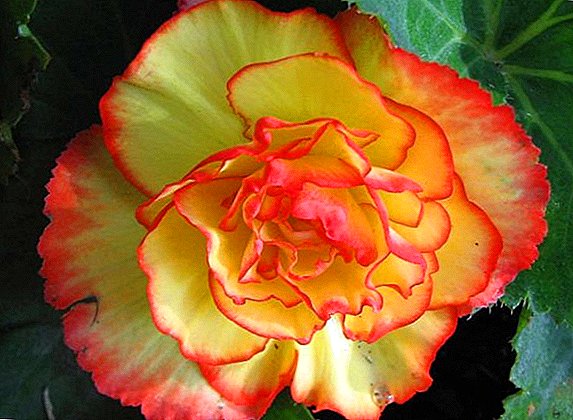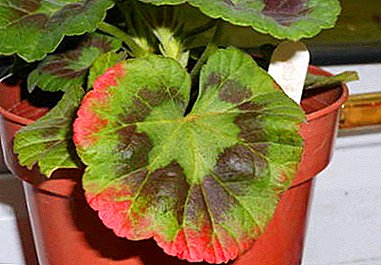
Geranium is a plant whose care does not cause any special problems. No matter how unpretentious the flower may be, it is worth understanding that pelargonium can start having problems. They appear due to improper care or diseases afflicting geraniums. One of the unpleasant situations that a novice gardener may encounter may be redness of geranium leaves.
Let us consider in the article why geranium leaves turn red and dry, and sometimes, as a result, what to do to help the plant in this situation.
Features of the growth of indoor flower
Before buying any plant, first of all, you need to study a large amount of information: what soil prefers, where it is better to plant, what kind of fertilizer you like, how to water. All these questions should be answered in advance, so that you do not have to solve problems due to the mistakes made in leaving.
There is no concrete answer to the question of why the leaves turn red in the flower. Just when growing a flower should take into account the peculiarities of care.
In ornamental floriculture there are several varieties of the geranium family:
- photophilous;
- shade-loving;
- shade-tolerant;
- drought resistant.
 Therefore, with all the unpretentiousness of the plant, it is important to understand that each type of geranium needs the right approach. If the light-loving Pelargonium is planted on the north window, then it will eventually get sick or die.
Therefore, with all the unpretentiousness of the plant, it is important to understand that each type of geranium needs the right approach. If the light-loving Pelargonium is planted on the north window, then it will eventually get sick or die.
The brightest indicator of successful growth is appearance. Faded inflorescences should be removed, pinching young shoots to accelerate growth and flowering. Annual pruning will help preserve the aesthetic appearance of the geranium.
Red spots on the leaves
Quite often you can find red leaves on the flower. They may slowly blush or grow red. This happens as a result of a lack of nitrogen and magnesium. Sometimes the leaves turn red only around the edges, the center may remain green. It may be that red spots appear in different places of the sheet. Or even he blushes on the reverse side.
Why did the redness occur?
Around the edges
Cold air in the room. Temperatures below 18 degrees can trigger geranium freezing. For this reason, the leaves of pelargonium can turn red around the edges, and then completely fall off. If the plant is standing on a cold window, then it must be removed from there.
Why can red spots appear in summer in a plant grown outside? If geranium is grown outside, then cold summer nights can also provoke their formation. In this case, it is better to bring the pots with flowers at night home.
If the plant is planted in open ground, then the only right decision would be to transplant into a pot and transfer to a house overnight.
Partial in the form of spots
 Excessive lighting.
Excessive lighting. Most often in spring the leaves turn red due to an overabundance of sunlight. Old leaves change color, young leaves perfectly maintain a bright sunlight. In this case, you just need to rearrange the pelargonium away from the window.
- Waterlogging.
Abundant watering can trigger the appearance of root rot. About its presence can tell red spots on the leaves. Mushrooms Rhizoctonia, Fusarium - the main causative agents of this disease. Symbiotic species of these fungi are formed in the soil at the level of the roots during overmoistening. Infections defy healthy flower.
Waterlogging is the cause of weakened immunity. Fungi affect the root system of a weakened plant. When they rise into the trunk, its color changes from green to brick red.
At first, the leaves in the lower tier of the plant are infected. Red-orange and red-brown stripes appear on them. Damage to root rot leads to nutrient deficiencies, as it slows down the supply of the upper part of the plant with vitamins and essential substances. Therefore, pelargonium begins a gradual withering and further death.
- Lack of nutrients.
The reason may be - high pH or high electrical conductivity of the soil. Water quality, irrigation method, the shape and size of the pot greatly affects the absorption of nutrients.
The reason for the formation of stains and streaks of pink or red color can be a lack of nitrogen, calcium and boron. Signs of deficiency can be detected 2-6 weeks after its appearance. - Nitrogen deficiency.
Nitrogen promotes vegetative plant growth. Its deficiency inhibits the development of geranium leaves. With insufficient intake of nitrogen for a long time, chlorosis of the lower leaves may develop in pelargonium. Signs of the appearance of this disease are pigment spots on the leaves, their twisting. If you do not replenish stocks of nitrogen, then over time the leaves will begin to die.
- Zinc deficiency.
The lack of zinc is manifested in the lag in the growth of the plant. The young leaves growing in the top tiers of geranium are subject to an illness. Pour can change shape, they will appear pink or red pigmentation. The plant stops growing.
On the back side
Phosphorus deficiency. With a lack of phosphorus edges of the lower leaves may be covered with red spots, which dry up over time.
Detailed instructions: what to do to help the plant?
Detailed instructions:
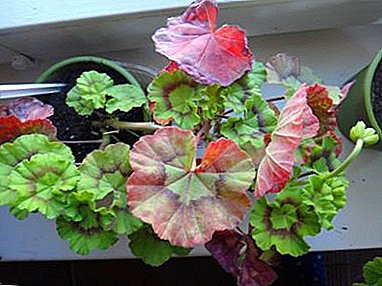 The first thing to do is to check the soil moisture. If it is found that the soil is excessively wet, then it can be assumed that the cause of redness is the usual overflow.
The first thing to do is to check the soil moisture. If it is found that the soil is excessively wet, then it can be assumed that the cause of redness is the usual overflow.- Revise the conditions for growing a flower relative to a particular geranium species. If they are not complied with, then they should be brought back to normal. Dry air, high air temperature, excessive or insufficient watering, low or excessive illumination - all this is stressful for the plant. It is known that nutrients can be absorbed worse and longer during stress.
- Check the soil for pH. It should be in the range of 5.5 to 6.5. It is this level that allows the microelements to be assimilated normally. If the range is not met, it is necessary to correct the acidity of the soil.
- This is followed by checking for the presence of a disease by any infection. To do this, cut off the top of the stem, inspect the cut. If it is green, it can be concluded that the upper part of the plant is not affected. When a brown color is found, it is no longer necessary to save the plant. Reanimate it will not work.
- With a favorable outcome, when geranium can still be saved, it needs to be transplanted into a new soil.
In order to protect pelargonium from new diseases, the soil mixture should be disinfected. This can be done in several ways:
- Ignite 30 minutes in the oven.
- Scald with boiling water.
- Treat with fungicides (Planriz, Gliocladin, Gamar, Extrasol, Fitosporin-M, Alirin-B). Processing is not difficult. To do this, it is necessary to dislodge Gamar and Alirin one tablet in a glass. The volume of the solution should be 10 liters. The resulting mixture to fill in the soil, cover it with a film, only after three days, you can use the soil mixture for transplanting.
Algorithm of actions during transplantation:
- Remove the geranium from the pot, clean the roots from the ground.
- Inspect the entire root system. If rotted processes are found, they should be removed.
- If geranium blooms, then it is necessary to pull out inflorescences.
- Pour the soil into the pot, place the geranium in the center, sprinkle it on top of the ground, which must be slightly compacted.
- Remove the flower in a dark place for a few days.
- Every two days, it is desirable to spray the Pelargonium with Zircon.
- After one week, geranium can be put on the east side window.
- A week later, it is recommended to feed the plant with Kemer solution.
Preventive measures
In order for the pelargonium not to blush the leaves, you need to take care of preventive measures. These include: sanitized, high-quality primer, proper care. Compliance with these measures is not difficult.
 Before buying a geranium, you need to take care of the soil mixture and pot, the required size.
Before buying a geranium, you need to take care of the soil mixture and pot, the required size.- Even in the store should carefully inspect the cuttings for the presence of diseases. Doubts in the absence of disease can be considered a reason for refusing to buy.
- Planting material before planting should be soaked in a solution of fungicide.
- Do not use filtered water for irrigation. Passing through the filters, it loses all the microelements necessary for the plant.
- Do not forget to feed pelargonium once every two months with universal fertilizers.
Proper care and prevention of diseases is the key to plant health. Simple rules will help to achieve a lush, long flowering geranium.


 Excessive lighting.
Excessive lighting.  The first thing to do is to check the soil moisture. If it is found that the soil is excessively wet, then it can be assumed that the cause of redness is the usual overflow.
The first thing to do is to check the soil moisture. If it is found that the soil is excessively wet, then it can be assumed that the cause of redness is the usual overflow. Before buying a geranium, you need to take care of the soil mixture and pot, the required size.
Before buying a geranium, you need to take care of the soil mixture and pot, the required size.